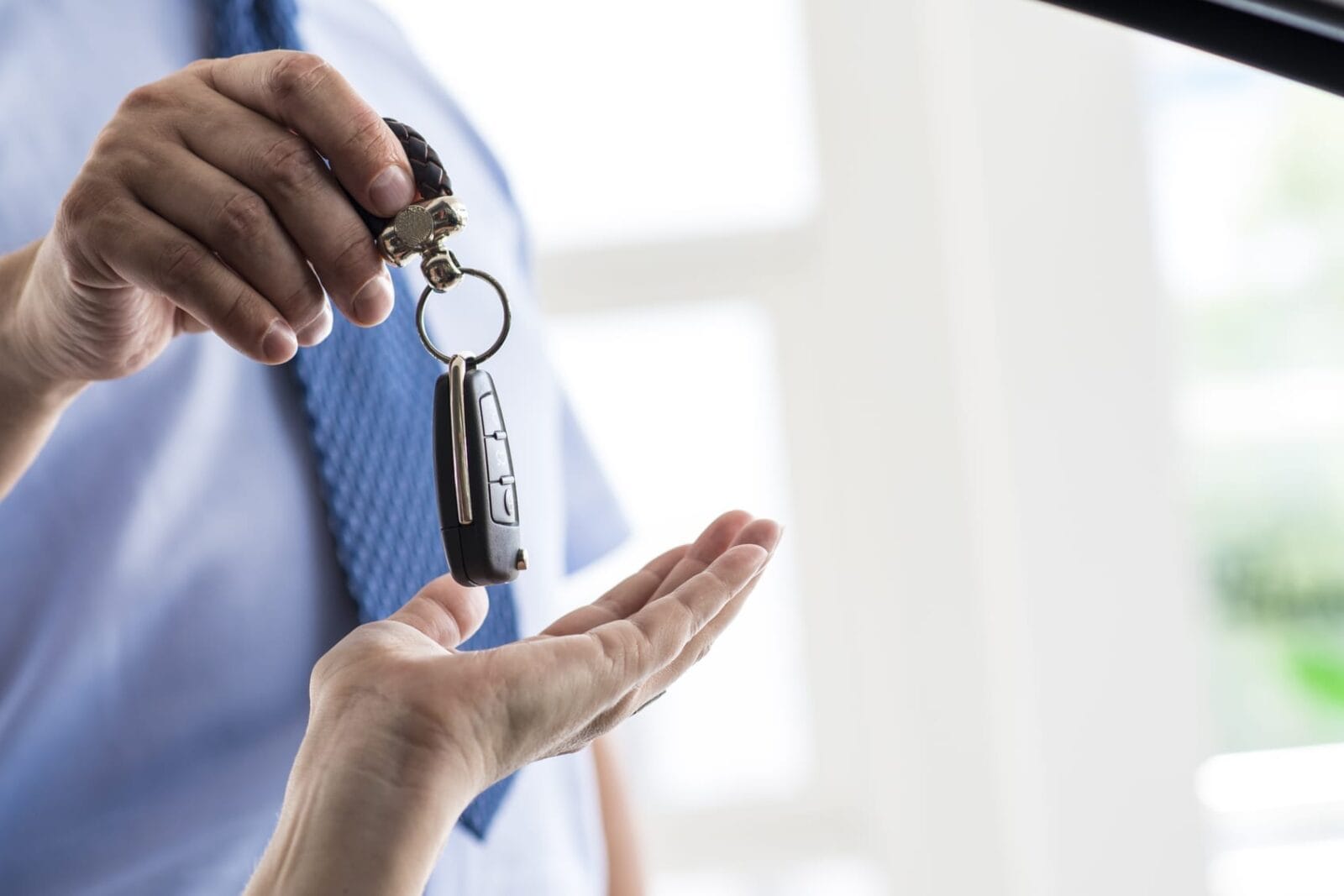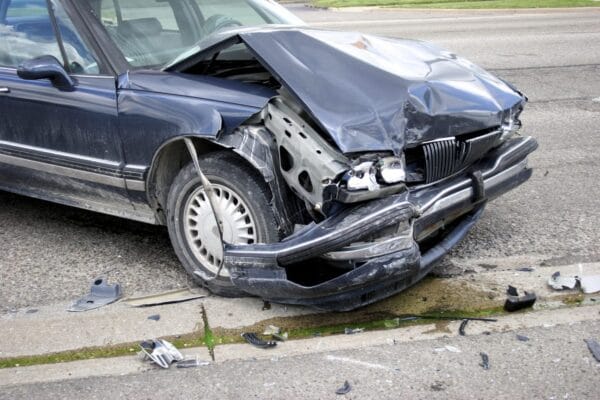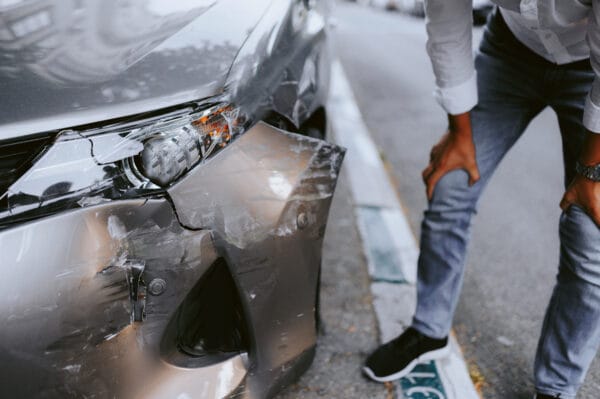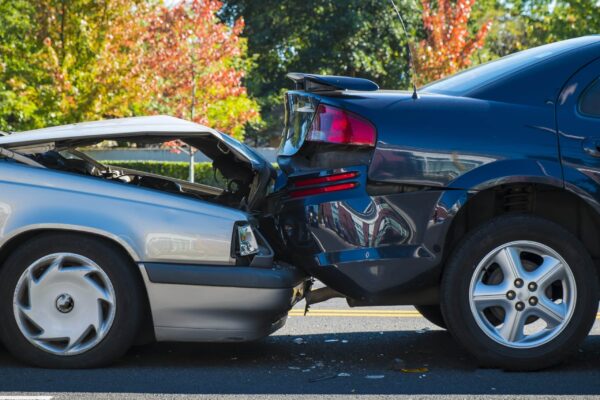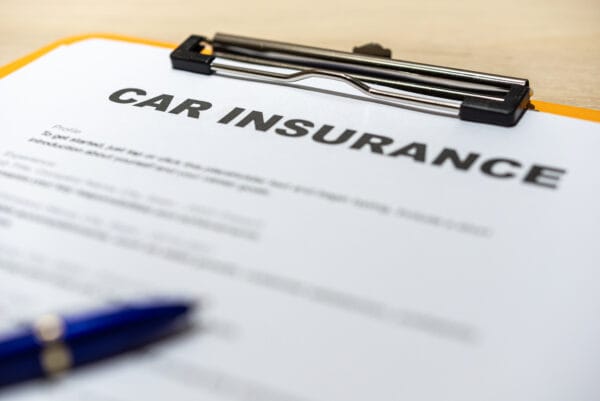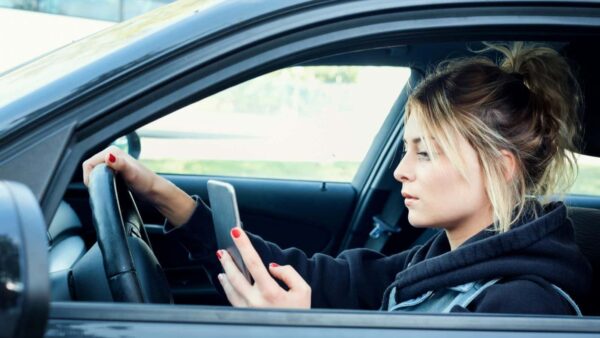The Short Answer…
If you’re in a car accident in a leased car, first make sure everyone is safe and seek medical attention. Then, call the police, exchange insurance information with the other driver, and document the accident. You must notify both your insurance provider and your leasing company. If the vehicle is repairable, ensure repairs meet your lease agreement’s standards. If it’s totaled, gap insurance may help cover the difference between what you owe and what your insurer pays.
In this article, we’ll walk you through every step to take after a leased car accident, including who to notify, how repairs work, what happens if the car is totaled, and how Braker White’s car accident lawyers in Odessa and Midland can help.
Key Takeaways
- Leased cars come with strict repair requirements. Most lease agreements require repairs to be done at approved shops using specific parts, or you could face penalties when returning the vehicle.
- You must notify both your insurance and the leasing company. Failing to report the accident promptly to your leasing company could violate your lease terms and complicate your repair or return process.
- Gap insurance protects you from owing money if the car is totaled. Without gap coverage, you may be personally responsible for the remaining lease balance if your insurance payout falls short.
- You’re responsible for ensuring the repairs meet lease standards, even if you’re not at fault. Even when another driver causes the accident, you must coordinate repairs that satisfy your lease agreement to avoid end-of-lease charges.
- Legal help can make a big difference in disputed or complex cases. A car accident attorney can help prove fault, challenge unfair damage claims, and negotiate with insurers and leasing companies on your behalf.
Table of Contents
- Leasing 101: Leased Car Basics and Insurance Requirements
- Step-by-Step Guide: What to Do After a Leased Car Accident
- Who to Notify After an Accident in a Leased Car
- How to Get a Leased Vehicle Repaired After an Accident
- What Happens If a Leased Car Is Totaled?
- The Cost of a Leased Car Accident
- Who’s at Fault in a Leased Car Accident?
- End-of-Lease Options After an Accident
- How Braker White Can Help After a Leased Car Accident
- Related Articles & Info
Leasing 101: Leased Car Basics and Insurance Requirements
Knowing what’s in your lease and what kind of insurance you’re required to carry can make a huge difference in how smooth (or stressful) the aftermath of a car accident in a leased car will be.
What Does It Mean to Lease a Car?
Leasing a vehicle is like a long-term rental. Instead of owning the car, you pay to use it for a set number of years under strict terms set by the leasing company. At the end of the lease, you either return the car or buy it at a pre-agreed price. But while you’re driving it, the leasing company technically owns the vehicle, and that matters when it comes to repairs, insurance, and what happens after an accident.
Understanding Your Leased Car Agreement
When you sign a lease, you agree to more than just monthly payments. Your lease includes:
- Mileage limits (and penalties if you go over)
- Wear and tear guidelines
- Repair and maintenance rules
- Insurance requirements
Many lease contracts also state that repairs must be completed at manufacturer-approved service centers, and the car must be returned in “like-new” condition, even if it’s been in a crash. If you return the car with visible damage or subpar repairs, you could face hefty fees.
Insurance Requirements for Leased Vehicles
Leasing companies require higher levels of insurance coverage than most car owners carry. This includes:
- Collision insurance: Covers damage to the leased vehicle from a crash, regardless of fault.
- Comprehensive insurance: Covers damage from theft, vandalism, weather, or other non-crash events.
- Liability insurance: Pays for injuries and property damage you cause to others. Leases often require limits higher than the state minimum.
- Gap insurance: This optional (but sometimes required) policy covers the difference between what your insurance pays and what you still owe on the lease if the car is totaled.
Pro Tip: Many Texas drivers don’t realize their lease requires gap coverage until it’s too late. Always check your contract and ask your insurance provider to explain how your policy works with your lease.
Step-by-Step Guide: What to Do After a Leased Car Accident
A car accident with a leased car works differently from one with a vehicle you own. Since the leasing company technically owns the vehicle, they have a say in what happens after a crash. You are required to report the accident to your insurance and the leasing company. From repairs to a total loss, following proper procedures will help you avoid unexpected costs or penalties.
1. Ensure Safety and Call Emergency Services
- Check for injuries and call 911.
- Ask the police to come to the scene and create an official accident report. Your insurer and the leasing company will likely request to see the report.
2. Exchange Information and Gather Evidence
- Collect contact, license, and insurance details from all involved drivers.
- Take clear photos of the vehicles, damages, injuries, road conditions, and surroundings.
- Talk to witnesses and get their contact information.
3. Notify Your Insurance and Leasing Company
- Report the accident to your insurance company as soon as possible.
- Call the dealership or leasing company and follow their instructions.
- Review your lease agreement for specific reporting requirements or repair conditions.
4. Arrange for Repairs if the Vehicle Can Be Fixed
- If the accident in your leased vehicle resulted in repairable damage, schedule service at a shop approved by both your insurer and the leasing company.
- Your lease may require factory-original parts or specific repair standards. Get written estimates and keep all receipts for your records.
- Skipping these requirements can lead to penalties when returning the car.
5. Understand What Happens If the Vehicle Is Totaled
- When a leased car is declared a total loss, your insurance will typically pay its actual cash value, not the full lease payoff amount.
- If you have gap insurance, it can cover the remaining balance between the insurance payout and what you still owe.
- Without gap coverage, you’ll likely have to pay the difference out of pocket, even if the leased car accident wasn’t your fault.
6. Speak With a Legal Professional for Guidance
- Unsure about what your lease says or who covers what? Reach out to your insurance agent, the leasing company, or a car accident attorney.
- A legal professional can help ensure you meet all obligations and avoid unexpected costs, especially in complicated situations or if there’s a dispute over fault.
Who to Notify After an Accident in a Leased Car
When you’re involved in a car accident in a leased car, notifying the right parties is just as important as documenting the scene.
- Your Auto Insurance Company: Contact your insurer right away. The claims process starts here, and your policy will determine whether you’re covered for the damage or if another driver’s insurance will apply.
- The Dealership or Leasing Company: Even though you’re driving the car, the leasing company still owns it. You’ll likely find a section in your lease requiring you to report accidents within a specific time frame (usually 24 to 72 hours).
- Other Reporting Requirements: In Texas, you must report accidents involving injury, death, or significant damage (usually over $1,000). Filing a police report may also be required by your lease or insurance provider, even if the law doesn’t mandate it.
How to Get a Leased Vehicle Repaired After an Accident
Fixing a leased car involves more steps than with a car you own outright. Your insurance, the lease agreement, and the leasing company all play a role.
- If Another Driver Is At Fault: If the accident wasn’t your fault, the other driver’s insurance should cover the cost of repairs. However, you’ll still need to coordinate those repairs with your leasing company’s requirements.
- If You Are At Fault: If you’re at fault or if the other driver is uninsured, you’ll file a collision claim under your policy. Be prepared to pay your deductible upfront.
- Coordinating Repairs With the Leasing Company: Most leases require that repairs be completed at approved service centers using original parts. Always check your lease before authorizing repairs.
Do Leases Cover Body Damage?
No, the lease itself doesn’t cover any damage. That’s what your insurance is for, and why collision and comprehensive coverage are typically required. You are contractually responsible for restoring the car to acceptable condition per your lease agreement.
Who Pays for Repairs on a Leased Car?
If you’re at fault, you do, through your insurance. If another driver caused the damage, their insurance may pay. Either way, you’re responsible for ensuring repairs meet the lease agreement standards.
What Happens If a Leased Car Is Totaled?
When a leased vehicle is totaled, it means the damage is too severe to justify repairs. Insurance companies usually declare a car a total loss if repairs exceed 70–75% of the car’s value.
What Does Total Loss Mean?
The insurance company pays the current market value of the car, not what you still owe. That’s a problem if you owe more than it’s worth.
What If You Total a Leased Car?
If you have gap insurance, it kicks in to cover the remaining lease balance. Without it, you may be stuck paying out of pocket, even if the accident in the leased car wasn’t your fault.
The Cost of a Leased Car Accident
Accidents are costly enough—but with leased vehicles, there’s added financial pressure.
Repair Costs and Deductibles
You’ll pay your deductible before insurance covers anything. If you’re returning the car at the end of the lease, poor repairs or visible damage can also trigger penalty fees.
How Gap Insurance Helps
Gap insurance covers the “gap” between what you owe on the lease and what your insurer pays after a total loss. It can be a financial lifesaver, and many lease agreements require it.
Who’s at Fault in a Leased Car Accident?
Fault works the same whether you lease or own your vehicle. In Texas, the at-fault driver is financially responsible.
What If the Leased Car Accident Was Not My Fault?
You’ll still need to report the accident and work with your insurer. They’ll often handle communication with the other driver’s insurer and may recover your costs through subrogation, which is the process your insurance company uses to seek reimbursement from the at-fault driver’s insurer after paying your claim.
Proving Fault in Leased Vehicle Accidents
Proving fault in a leased vehicle accident requires strong evidence, documentation, and legal strategy. To hold the other driver accountable, you’ll need to establish that they caused the accident through negligence, distraction, speeding, or another violation of traffic law.
Evidence that can help prove fault includes:
- Police accident report
- Witness statements
- Dashcam or surveillance footage
- Photos of vehicle damage and skid marks
- Medical records showing timing and severity of injuries
An experienced car accident attorney can help gather and present this evidence, negotiate with insurance companies, and protect you from being unfairly blamed. This is especially helpful if fault is disputed or if the leasing company is pressuring you for repairs or penalties you shouldn’t be responsible for.
End-of-Lease Options After an Accident
A car accident in a leased vehicle doesn’t always mean the end of your lease, but it can impact your options.
- Buying Out the Car: If the value drops significantly after the crash, buying out the lease might be cheaper than continuing payments or returning it with damage.
- Returning a Leased Car Post-Accident: Leasing companies will conduct a final inspection. They may charge for unrepaired damage, non-OEM (Original Equipment Manufacturer) parts, or anything outside normal wear and tear.
- Evaluating Wear and Tear: Most leases define what counts as “excessive damage.” Be ready to dispute unfair charges, especially if you can prove repairs were properly handled. An attorney can help review your lease terms, challenge unfair assessments, and advocate for your rights during the lease return process.
How Braker White Can Help After a Leased Car Accident
Dealing with the aftermath of a leased car accident isn’t just frustrating—it can be financially risky. At Braker White, we help leased vehicle drivers across West Texas:
- Understand their lease agreement rights
- Communicate with insurers and leasing companies
- Evaluate whether to repair, replace, or buy out the lease
- Recover compensation for injuries and property loss
- Avoid unexpected costs and penalties
Need Help With Your Leased Vehicle Claim?
If you’re overwhelmed by repairs, insurance claims, or calls from the leasing company after a car accident in a leased car, you’re not alone. The legal team at Braker White is here to guide you through the process—protecting your rights and helping you recover what you may be owed. We work on a contingency fee basis, so you don’t pay us unless we win your case. Reach out today for your free case review and let us help you take the next step with confidence.

